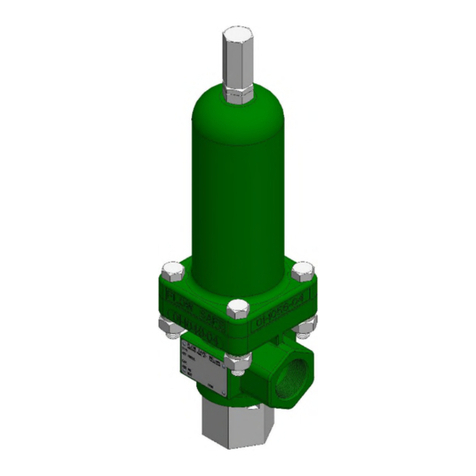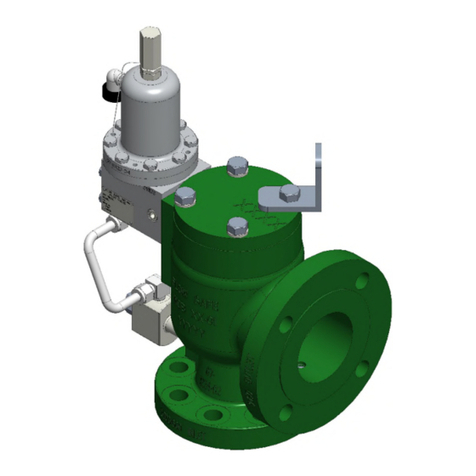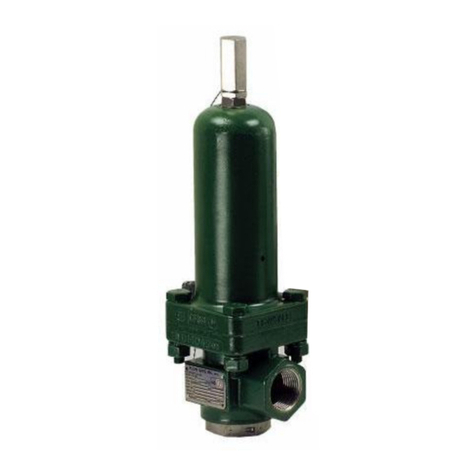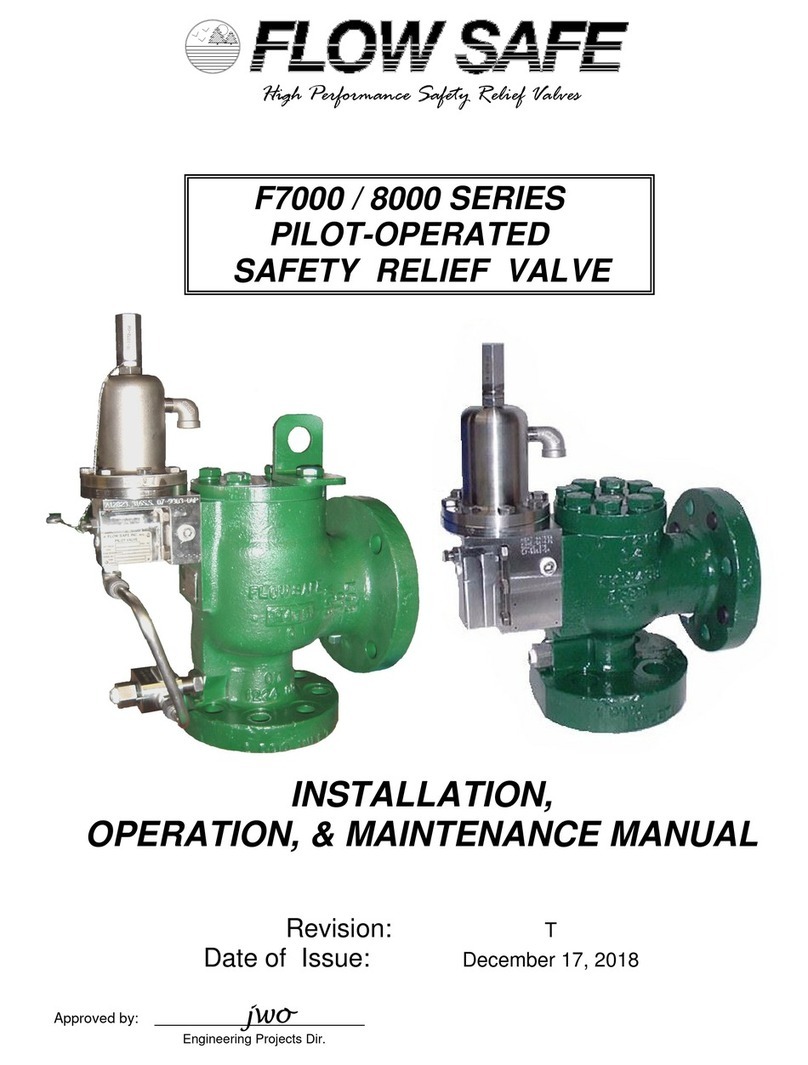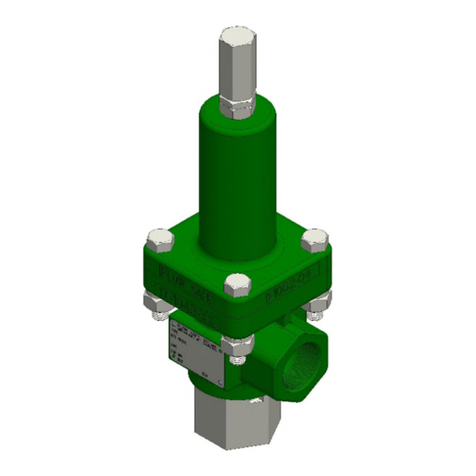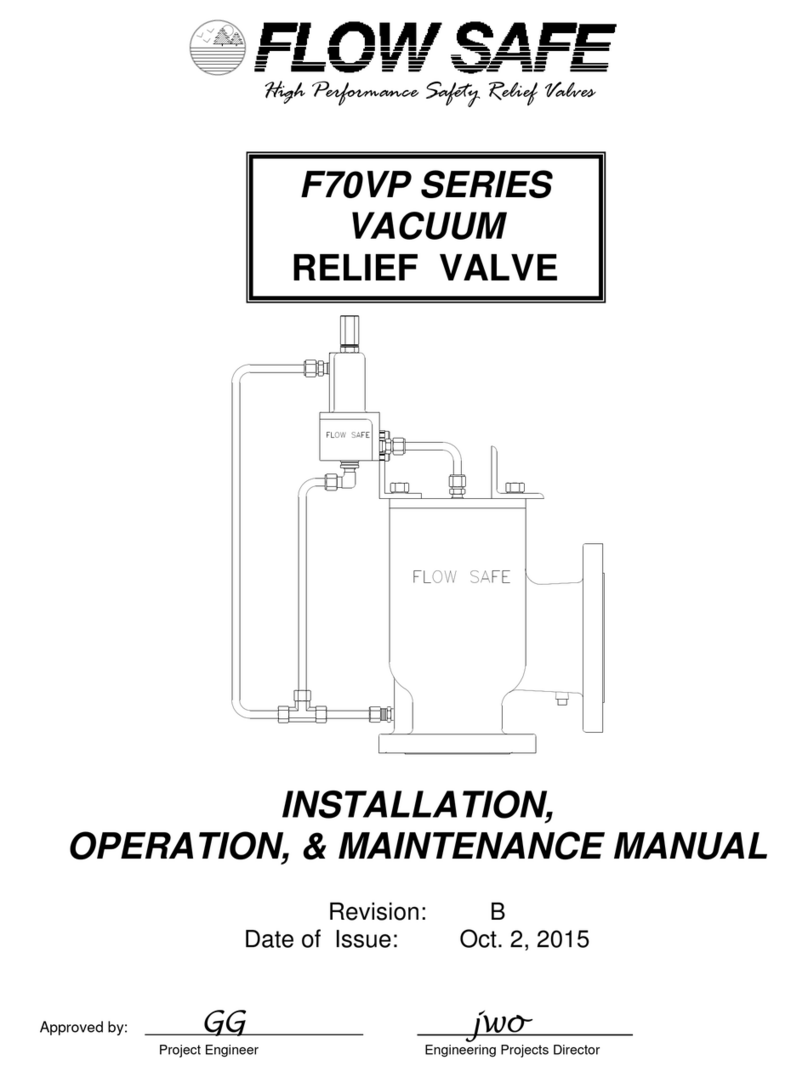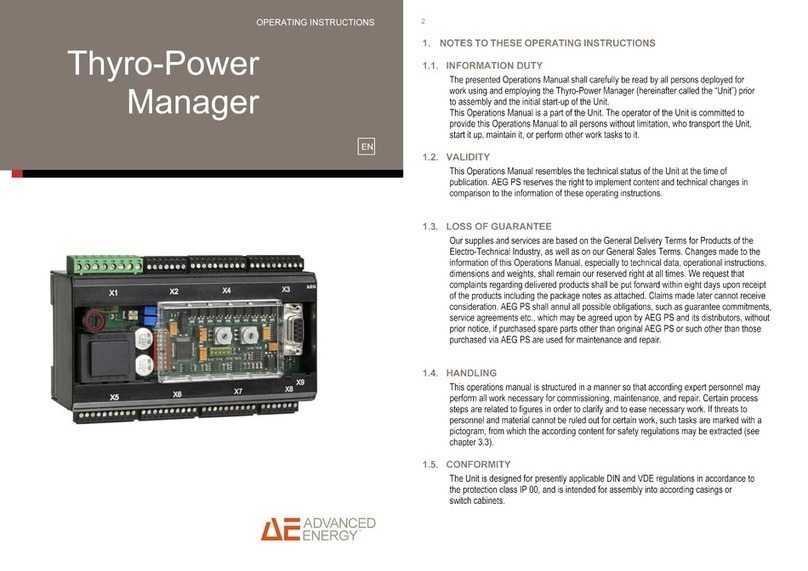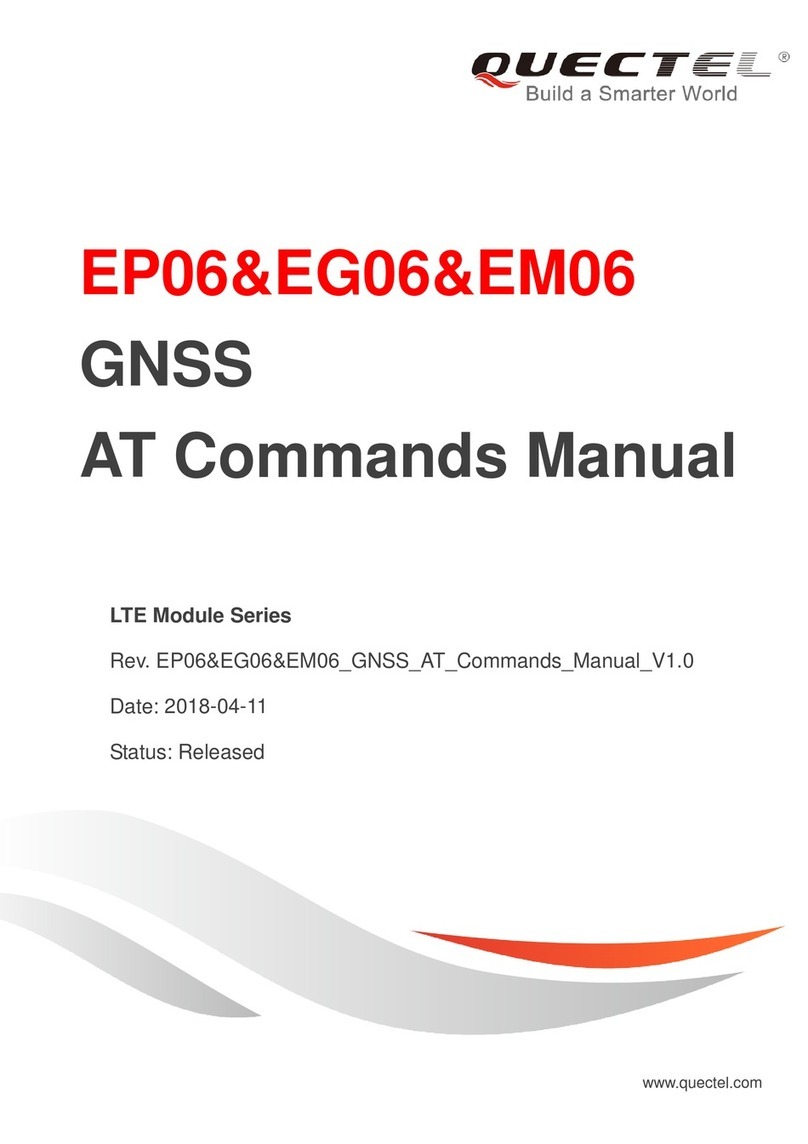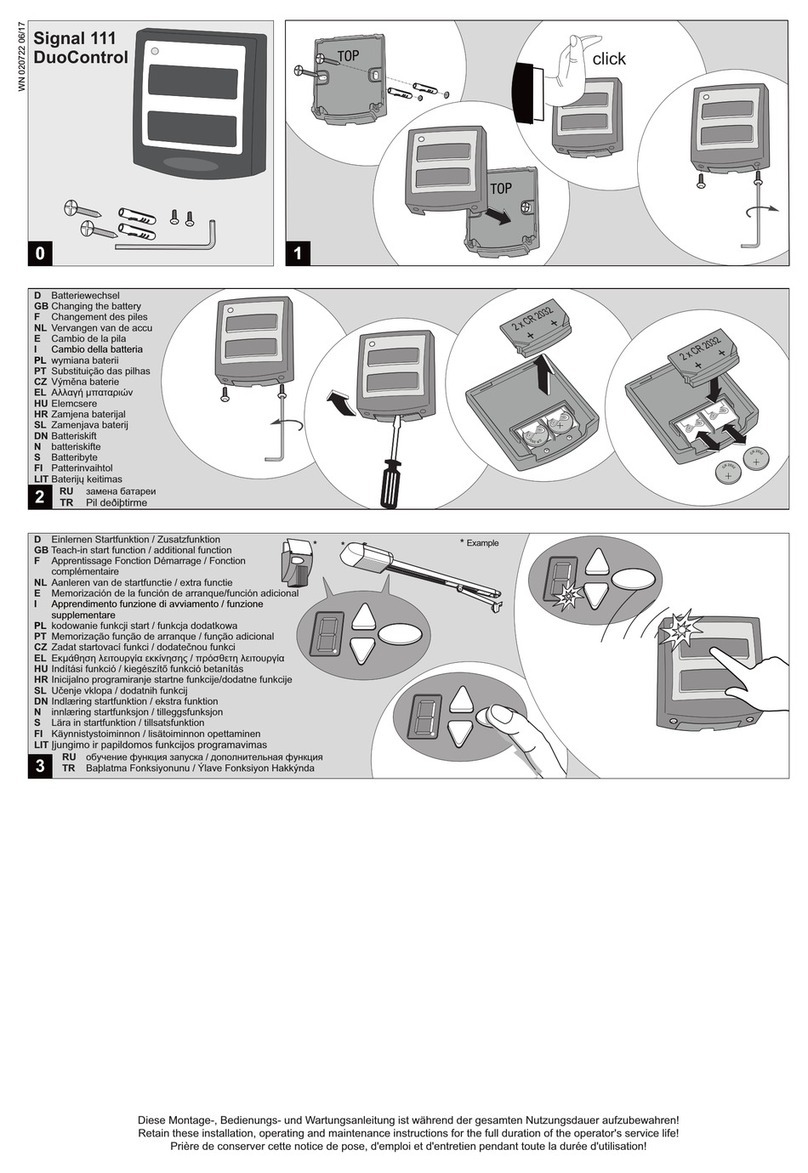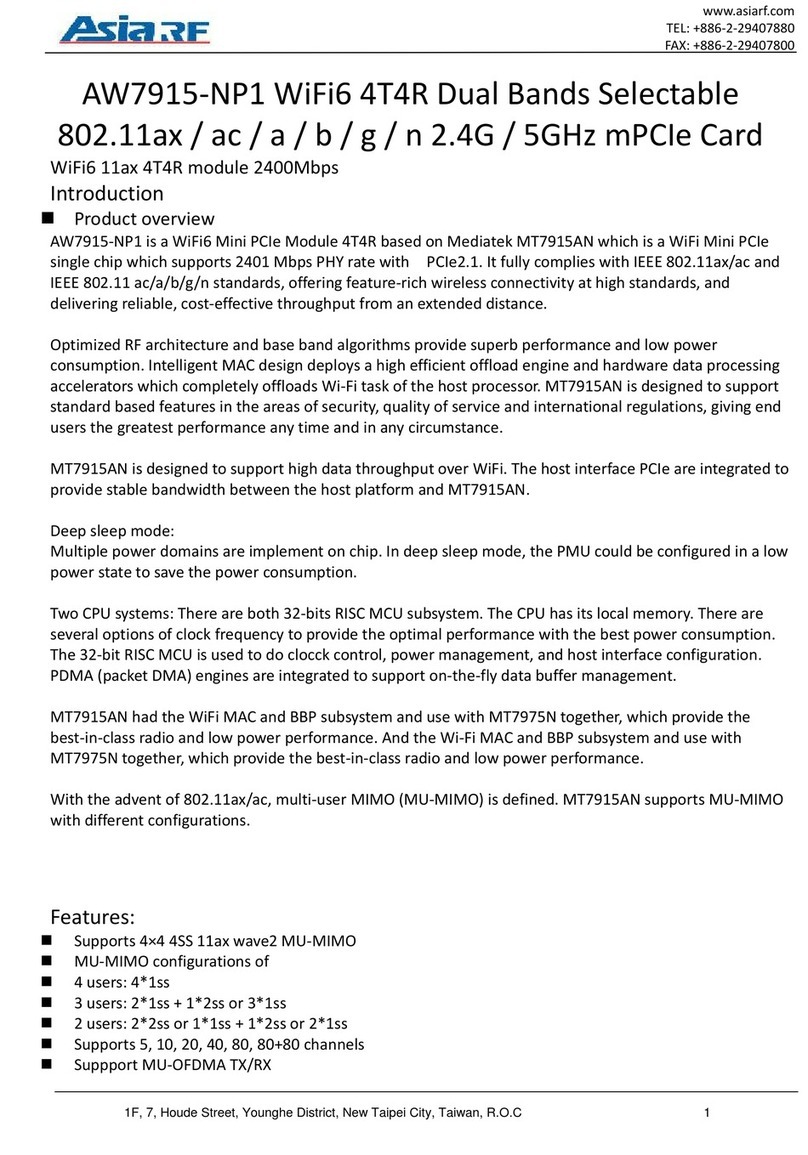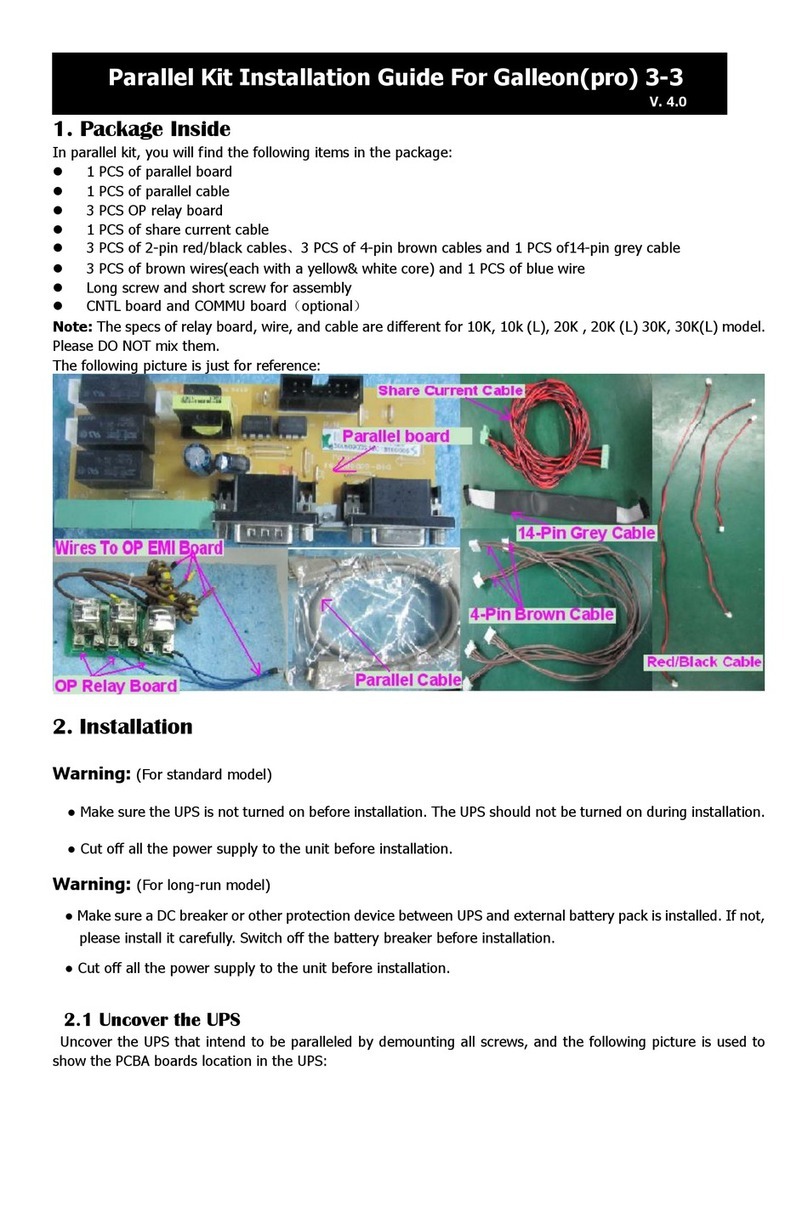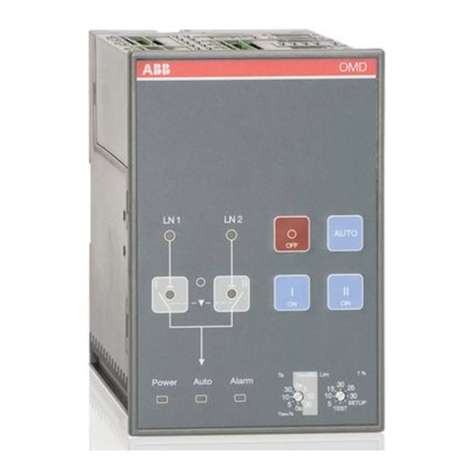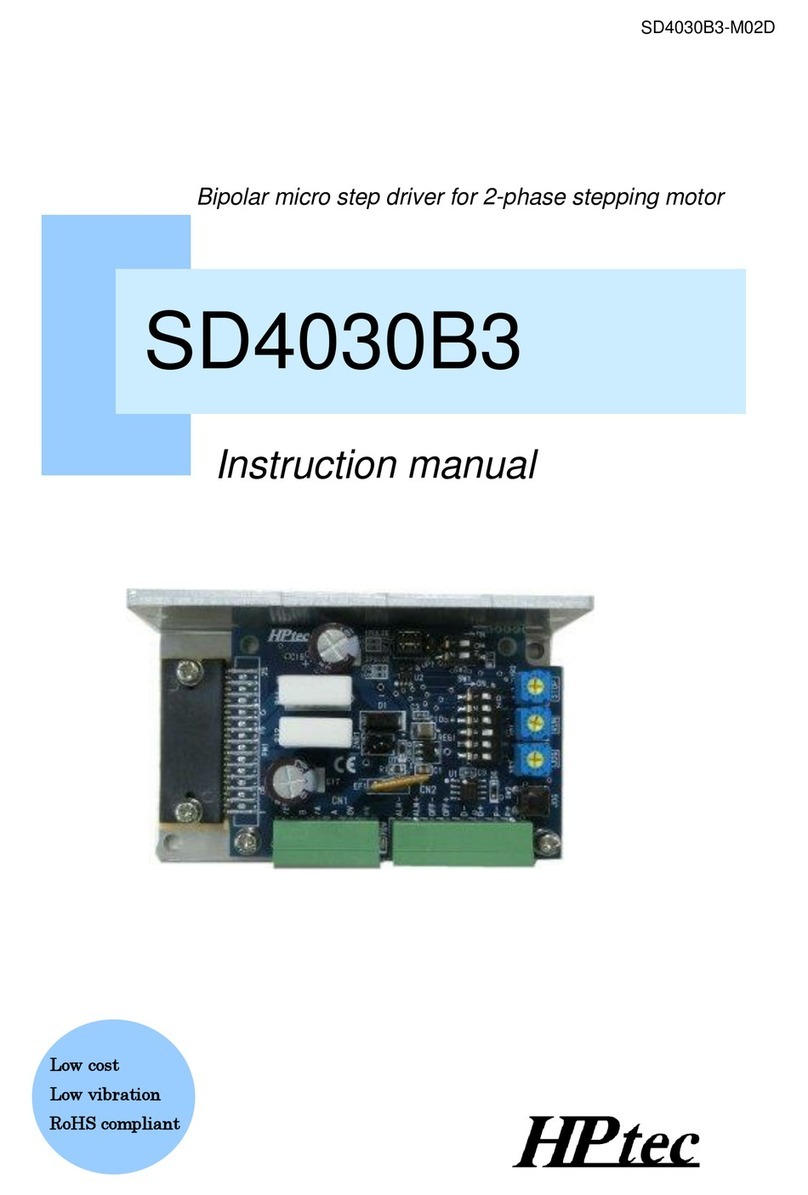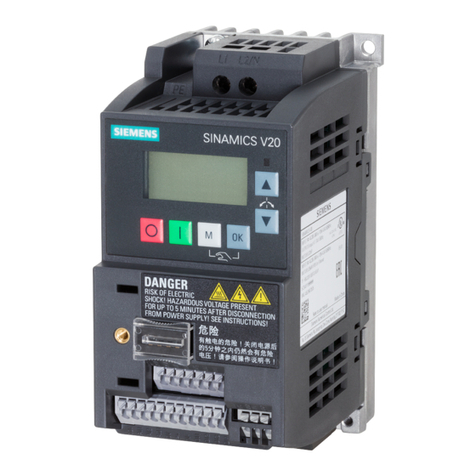3.0 VALVE MAINTENANCE
WARNING: It is extremely dangerous to disassemble any valve while it remains in service
with incoming line pressure. Also, improper assembly of the valve may result in
leakage or failure of the valve when returned to service.
3.1 DISASSEMBLY
(See Illustrations on Pages 13 through 15)
1) Remove the valve from service, using only the wrench flats on the inlet bushing, or adequately
and safely block the incoming pressure before disassembling the valve and performing
maintenance. NOTE: If bushing remains connected to the system piping, then the valve's
spindle will fall out of the body as it is removed.
2) Cut and remove the lockwire.
3) For valves with lift lever, first remove the lock nut and lift lever. Slowly unscrew the bushing,
holding shaft. Unscrew the lift lever housing.
4) Remove the pressure adjusting (PA) screw cap. Measure the height of the PA screw above the
body and record value. For valves with lift lever, measure the distance from the jam nut to top of
threaded lifting rod. Then remove jam nut and lift nut.
5) Loosen the PA screw lock nut. Loosen PA screw until the spring load is removed.
6) Unscrew and remove the four bolts, nuts, and lockwashers between the body and bonnet.
Remove spring washer(s) and spring, and lifting rod subassembly (if applicable). Remove the
bonnet, including attached bonnet base if an older F88-4 or –8 “large body” with the base held to
the bonnet by a retaining ring.
7) Unscrew and remove the bushing, using wrench flats.
8) Remove the spindle assembly. Remove retainer screw, retainer, and seat. Remove spindle
cap,using the wrench flats, and spindle seal.
9) Replace the softgoods per the instructions in Section 3.2.
•Replacement parts may be found in the appropriate FLOW SAFE softgoods kit, as listed
in Section 5.0 of this manual.
3.2 REASSEMBLY
1) Reassembly of these valves is basically the reverse of the disassembly.
NOTE: Care must be taken in the handling of all items, particularly softgoods.
2) Inspect condition of nozzle seating surface and spindle guide surface inside body. Buff out or
polish any scratches that may interfere with a good seal, or replace part if necessary.
3) Apply Neverseez or DuPont Krytox (for oxygen service) to all straight threads.
4) Insert the plastic seat, seat retainer, and retainer screw into the spindle. Install the seat dry.
Apply Loctite or Vibra-tite to retainer screw threads. As screw is tightened, ensure that it meets
firm resistance against the locking Heli-Coil in spindle.
5) Carefully install new spindle seal in recess on spindle, with spring side facing spindle shoulder.
Ensure that spindle cap tightens firmly against its locking Heli-Coil. Desco 600 grease should be
applied to the outside of the spindle seal, except for cryogenic service or for -3, -4, and -8 valves
below 100 psig, Dow Corning 33 or 55 (or Molykote) should be used.
6) Insert the spindle assembly into the body, making sure that it travels freely on the guide surface.
7) Position the bushing seal on the appropriate shoulder of the bushing.
8) Screw the bushing / seal assembly into the body and tighten using the wrench flats.















